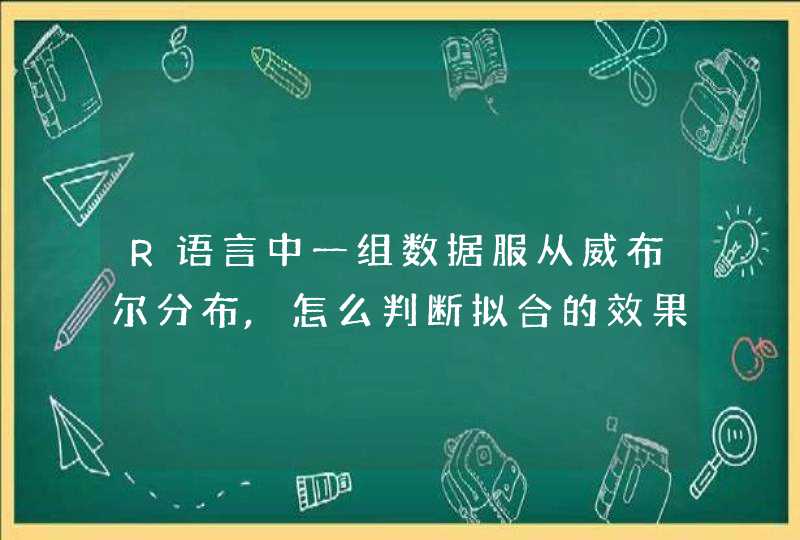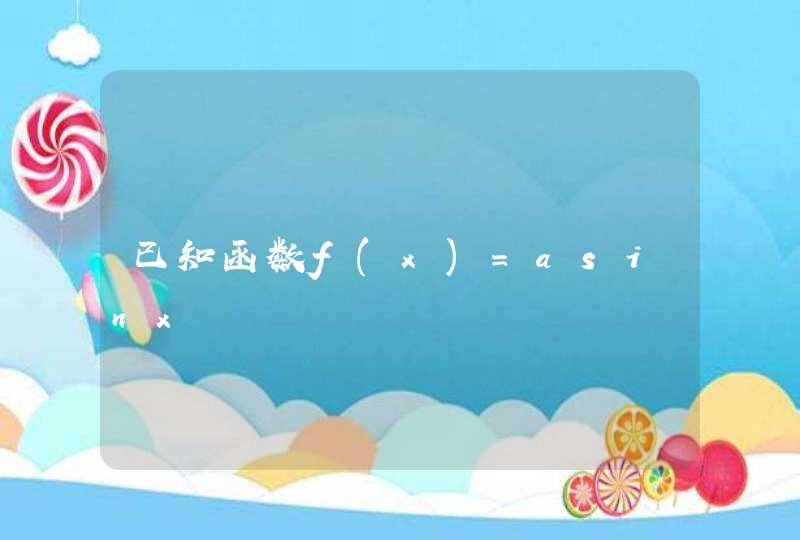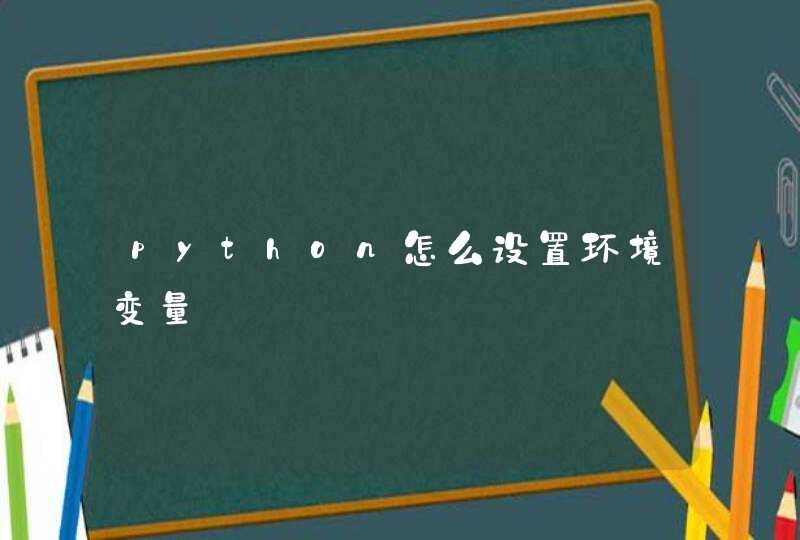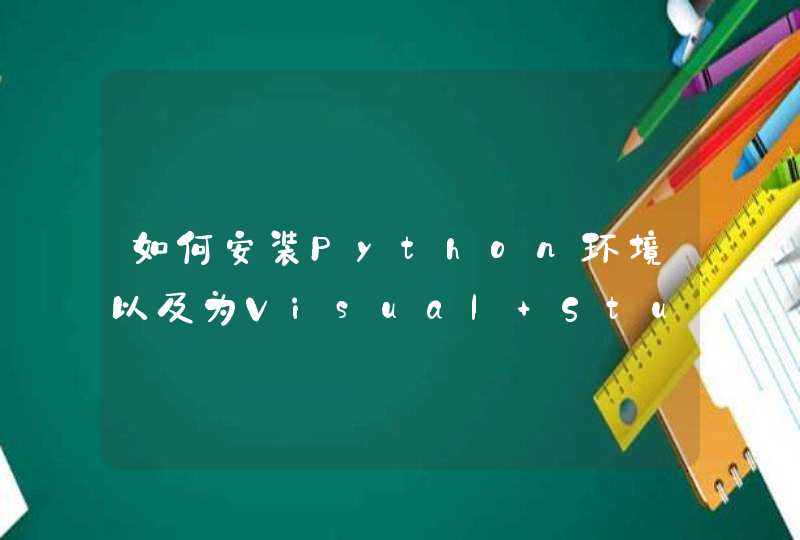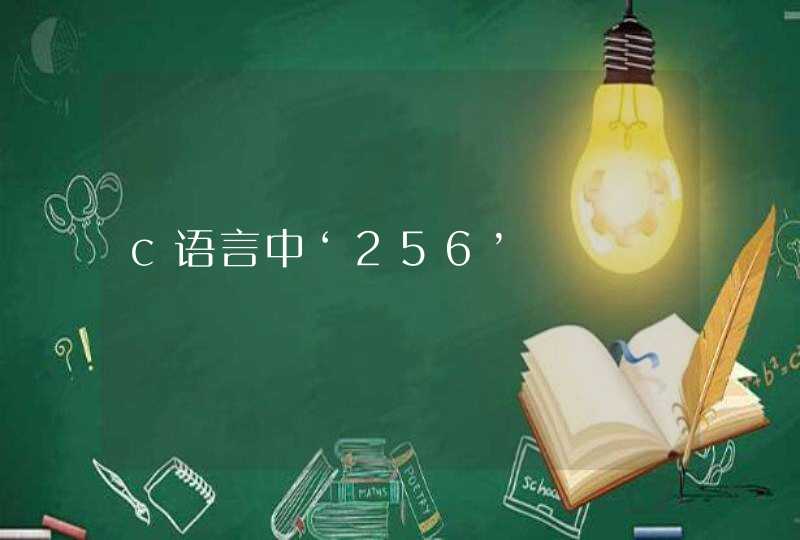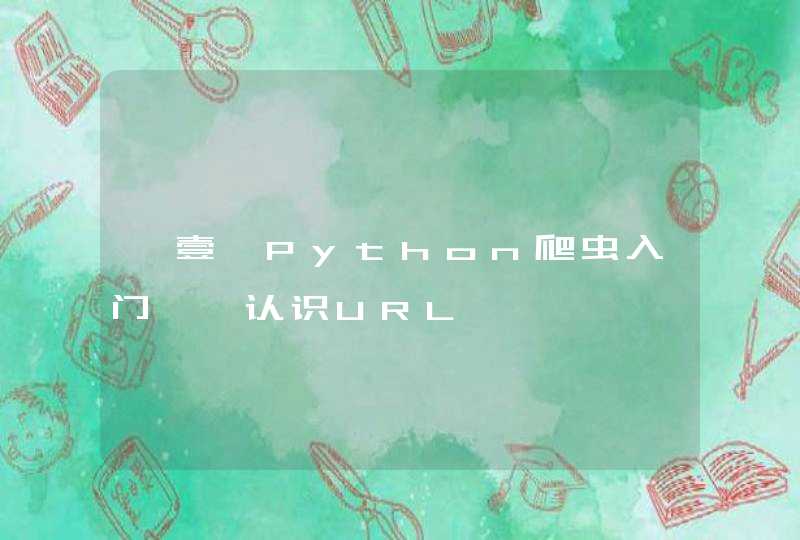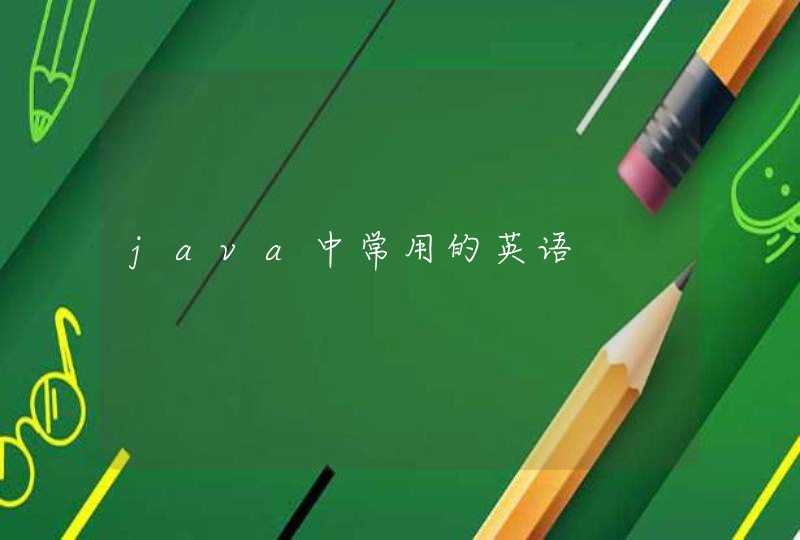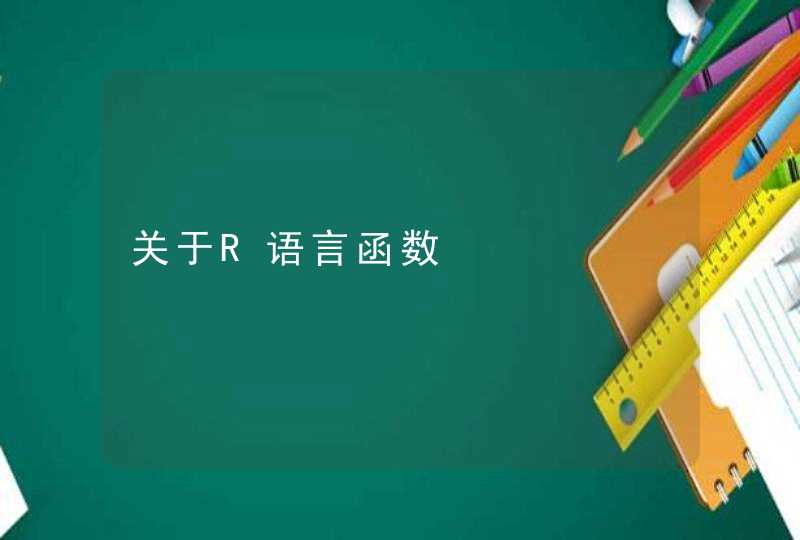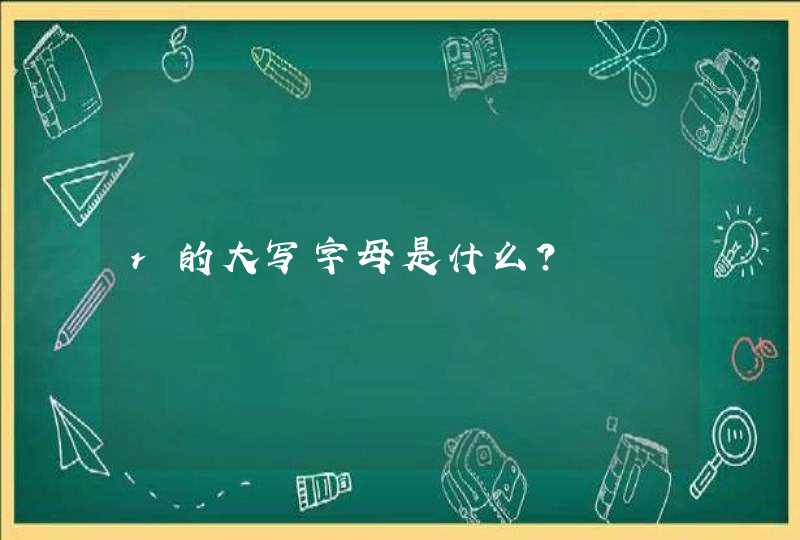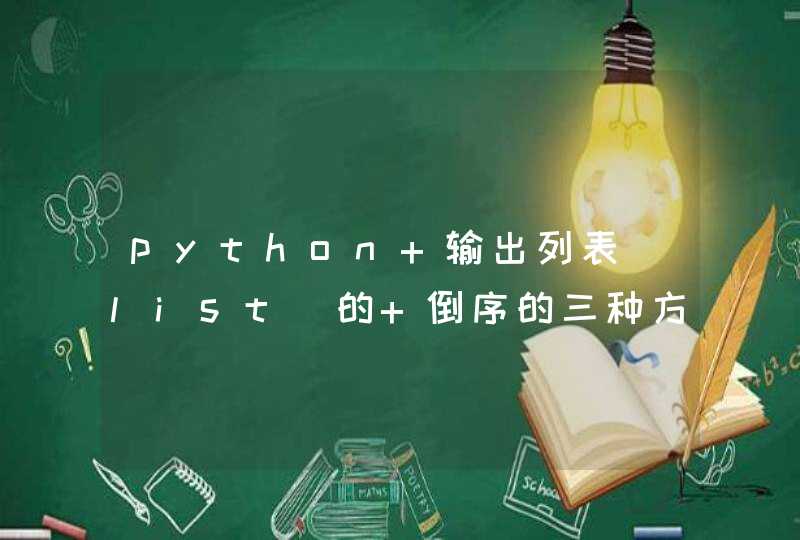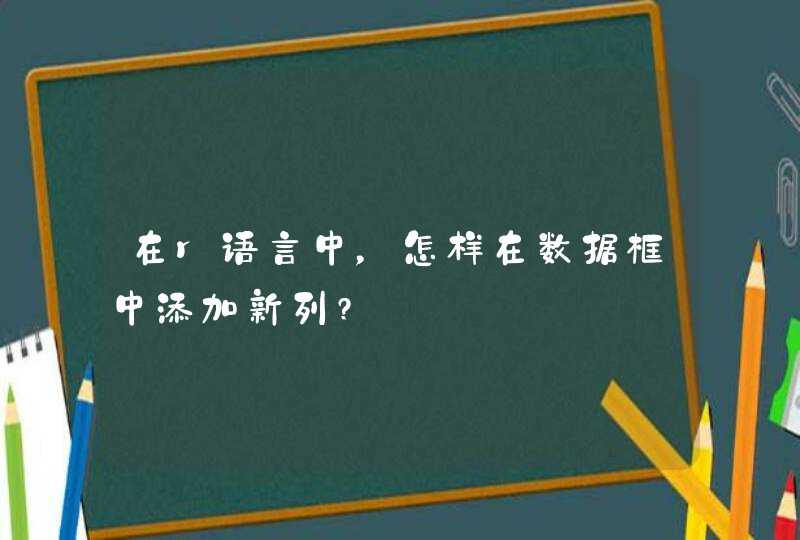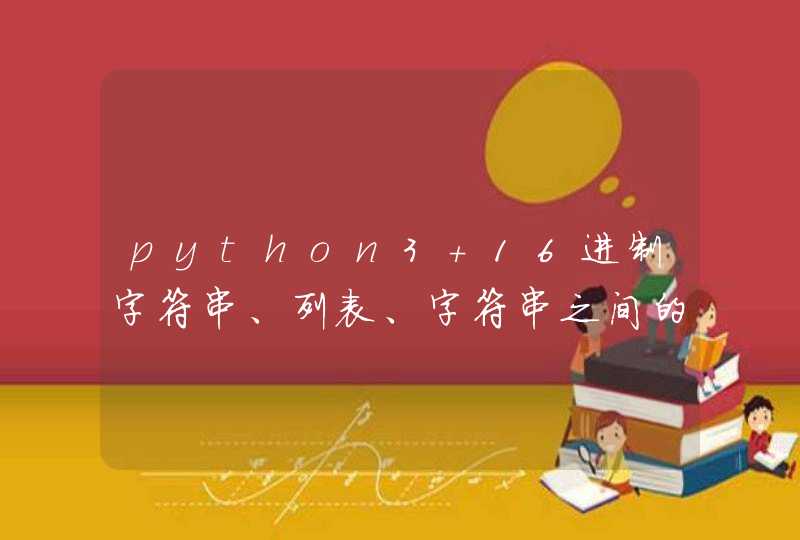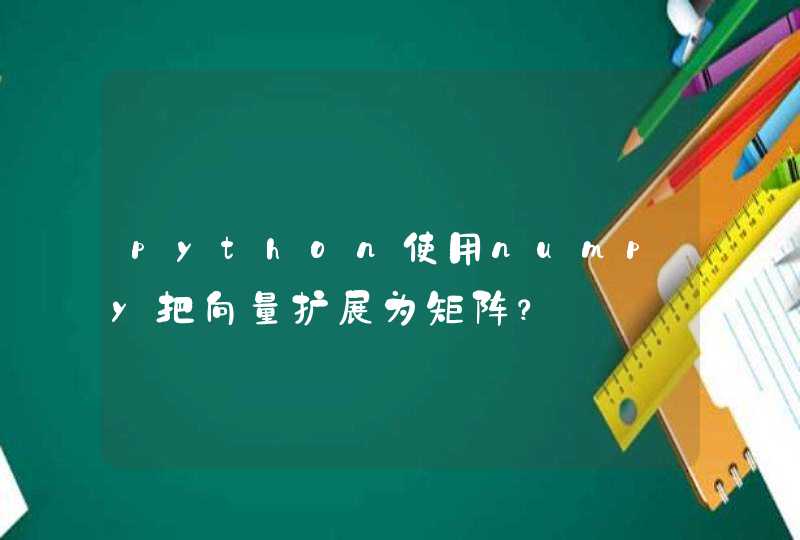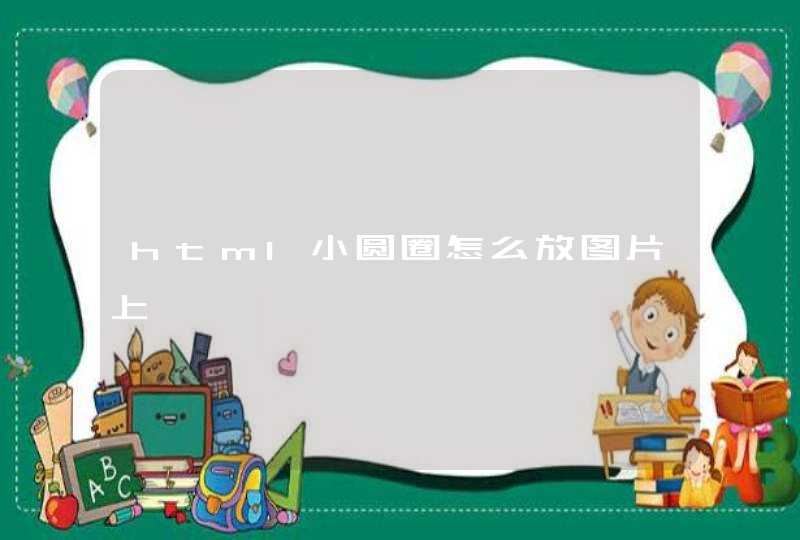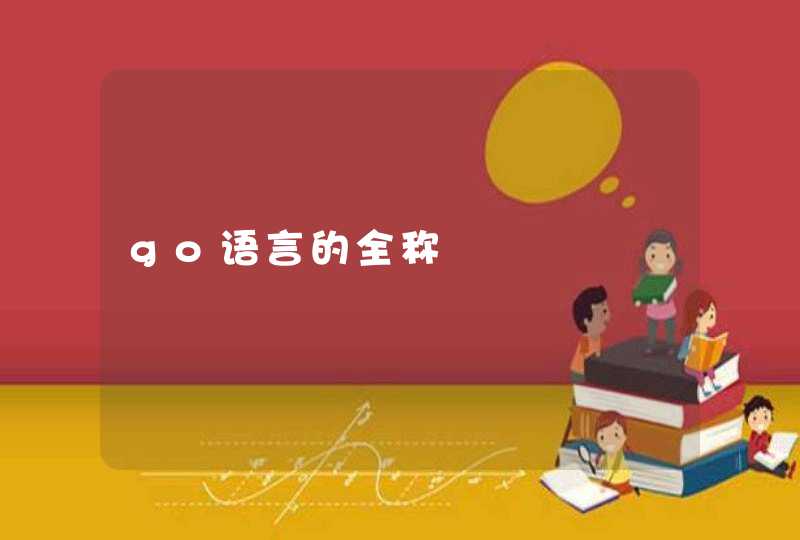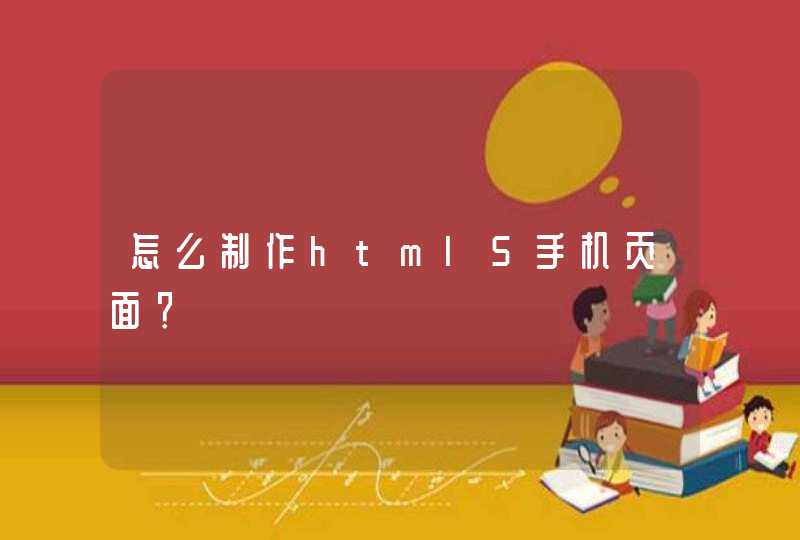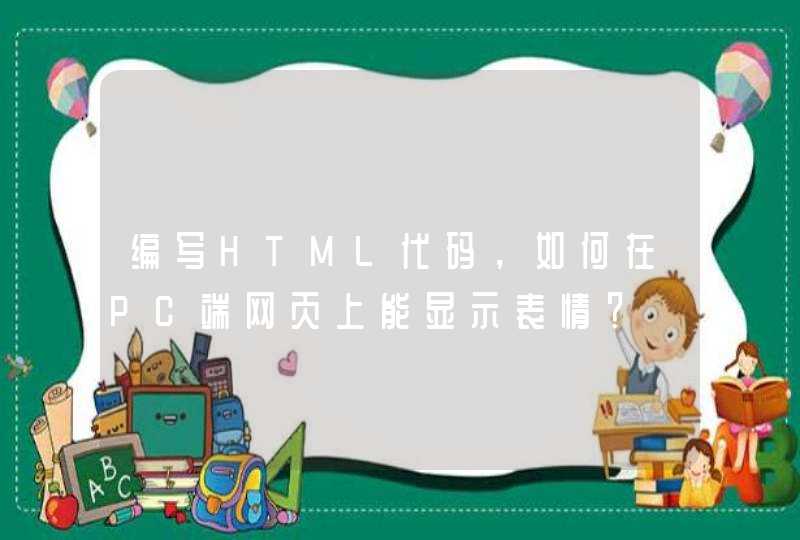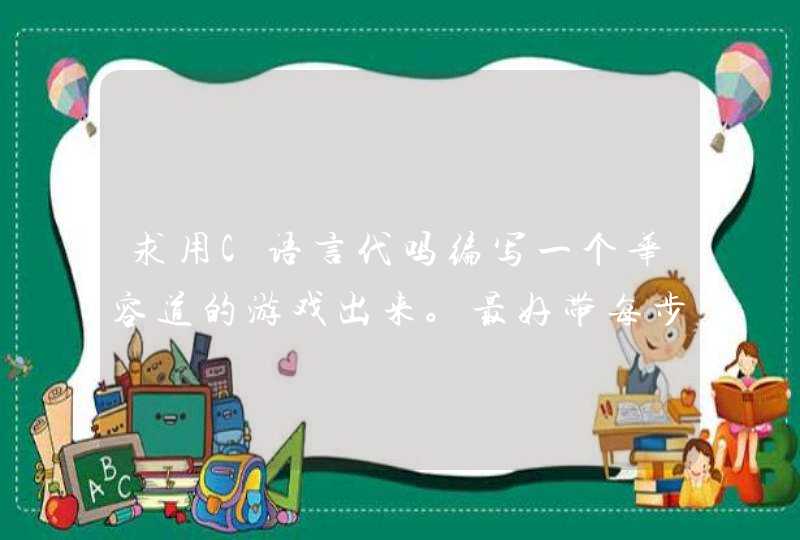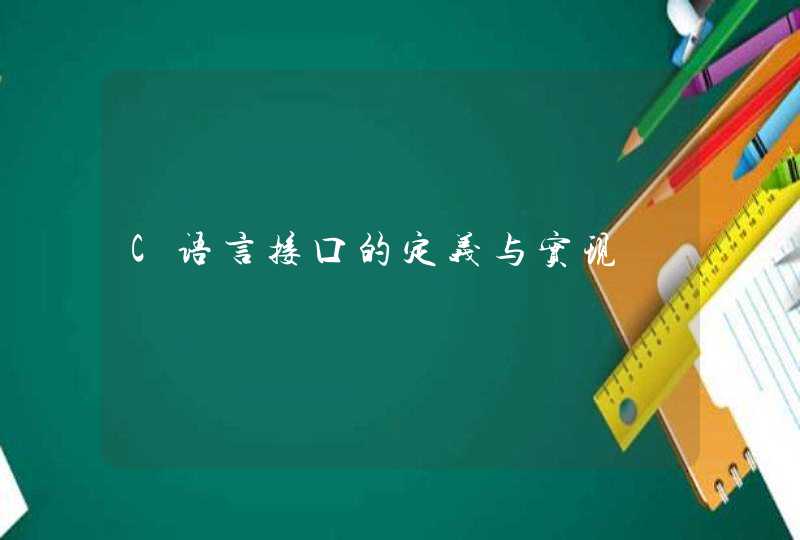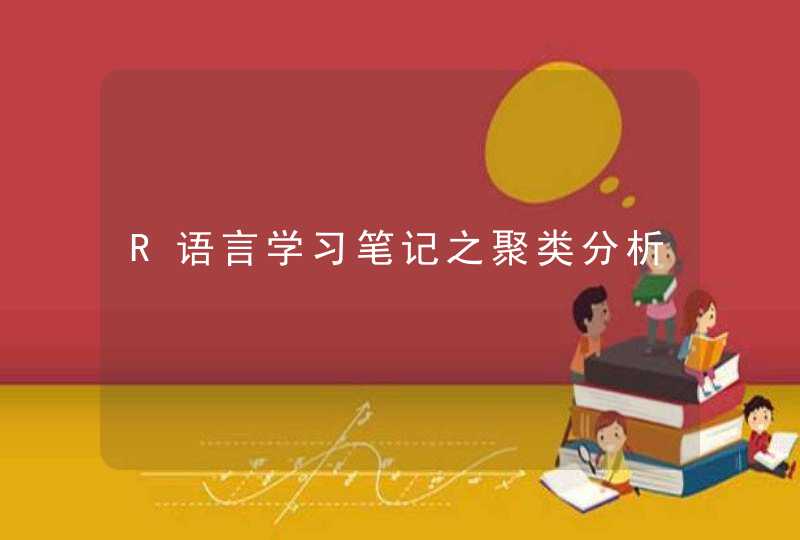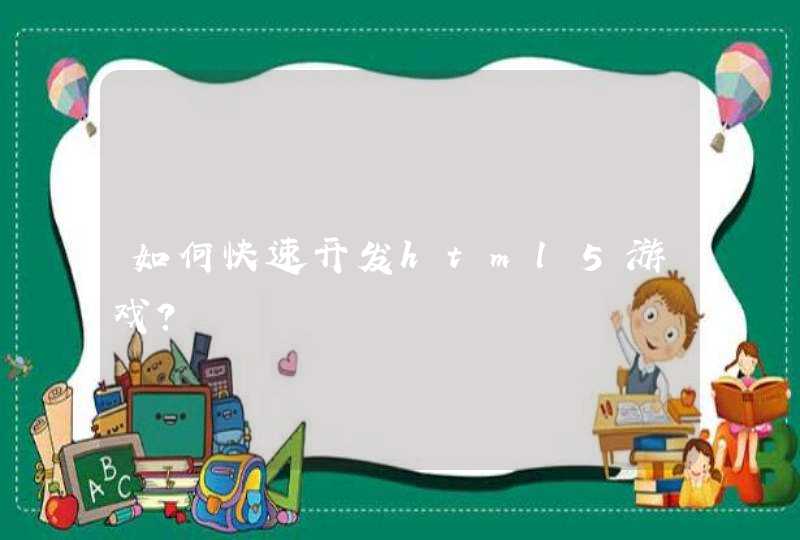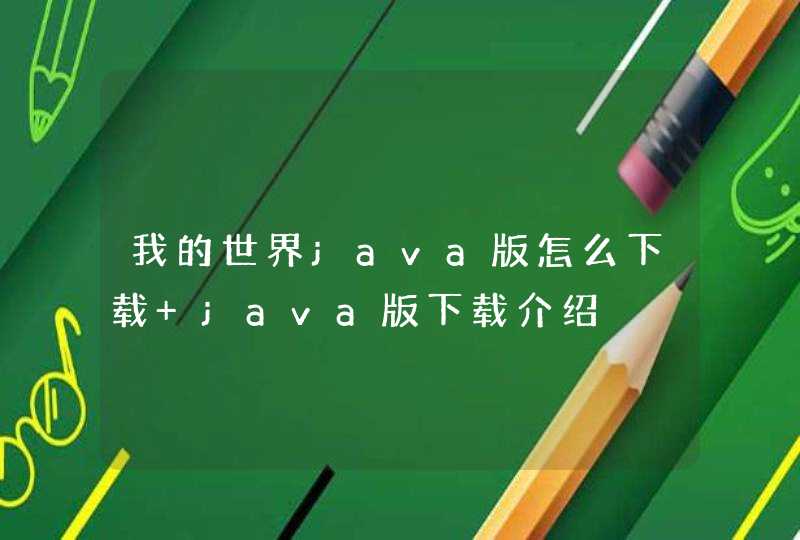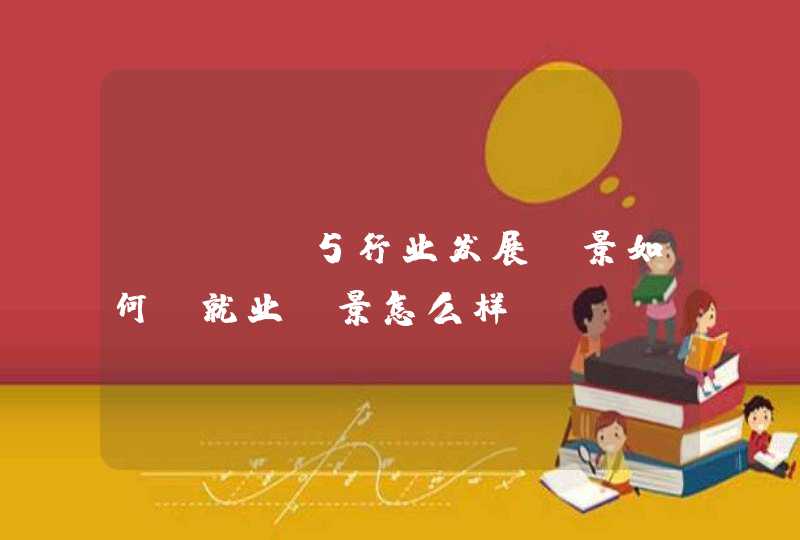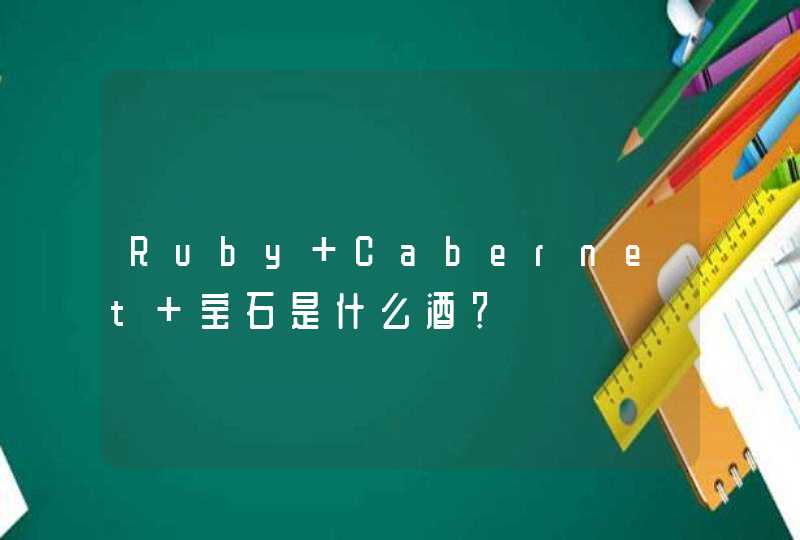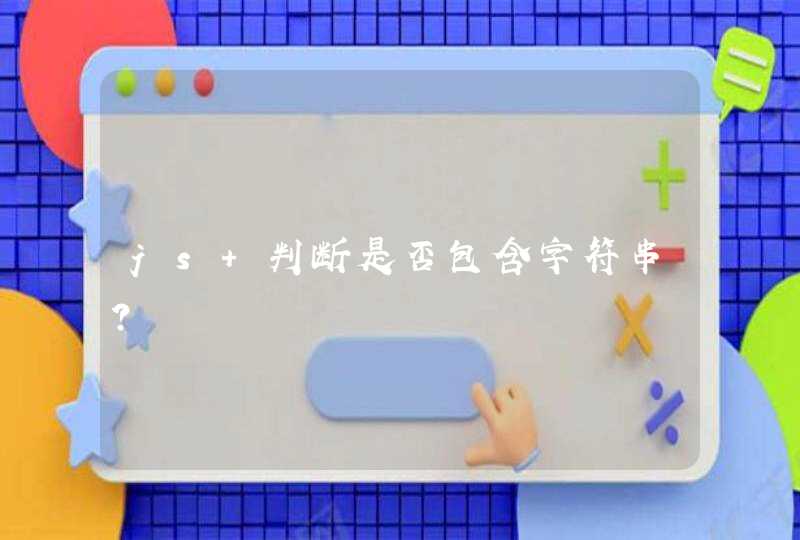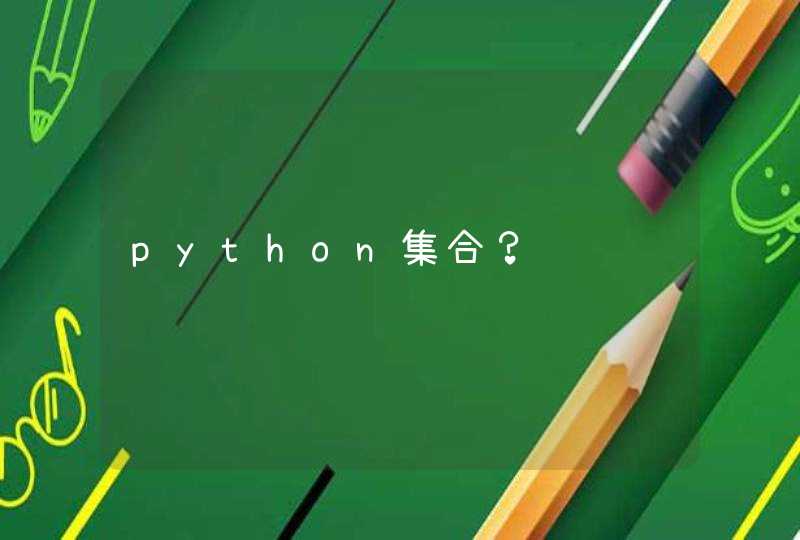
*事先说明:以下代码及结果来自本设备Python控制台,在不同设备上可能结果有区别,望自己尝试为妙
集合(set),是一种Python里的类(class),
集合类似于列表(list),可更改,可迭代(iterable),但是元素不重复
定义集合使用花括号{},例如:
>>>s = {"apple", "banana", "strawberry", "watermelon"}
警告!!!如果使用空括号
>>>a = {}
>>>a.__class__
<class 'dict'>
a将成为一个字典
想要定义空集合,
请使用类名。
>>>a = set()
类名定义也可以把迭代转换为集合:
>>>b = set("abc")
>>>b
{'a', 'b', 'c'}
但是,保存后它是无序的。
>>>s
{'banana', 'watermelon', 'strawberry', 'apple'}
(结果仅供参考,在不同设备上略有不同)
下面介绍它的性质:
1. 可更改:
使用add(x)方法添加元素x:
>>>s.add("lemon")
>>>s
{'banana', 'strawberry', 'lemon', 'watermelon', 'apple'}
使用update(iter1, iter2, …)方法添加多个可迭代对象(如列表,元组(tuple),另一个集合)里的元素:
>>>s.update(("orange", "grape"))
>>>s
{'banana', 'strawberry', 'orange', 'lemon', 'watermelon', 'apple', 'grape'}
警告!!!如果使用字符串,字符串也会被迭代:
>>>a = set()
>>>a.update("apple")
>>>a
{'a', 'p', 'e', 'l'}
使用remove(x)移除元素x,如果x不存在,则抛出KeyError错误
>>>s.remove("lemon")
>>>s
{'banana', 'strawberry', 'orange', 'watermelon', 'apple', 'grape'}
>>>s.remove("cat")
Traceback (most recent call last):
File "<stdin>", line 1, in <module>
s.remove("cat")
KeyError: 'cat'
使用discard(x)移除元素x,不会发生错误
>>>s.discard("grape")
>>>s
{'banana', 'strawberry', 'orange', 'watermelon', 'apple'}
>>>s.discard("dog")
>>>s
{'banana', 'strawberry', 'orange', 'watermelon', 'apple'}
2. 可迭代:
>>>for x in s:
... print(x)
banana
strawberry
orange
watermelon
apple
3. 可以使用 len 函数获取集合长度;
>>>len(s)
5
可以使用 in 关键字检查一个元素是否在集合内,将返回逻辑值(bool):
>>>"apple" in s
True
>>>"candy" in s
False
4.集合具有不重复性,因此它会自动去重:
>>>c = set("Hello World!")
>>>c
{' ', 'e', 'l', 'H', '!', 'r', 'W', 'o', 'd'}
5. 集合的运算
>>>d = set("abcdef")
>>>e = set("efghij")
>>>d
{'c', 'e', 'a', 'b', 'f', 'd'}
>>>e
{'h', 'e', 'g', 'j', 'f', 'i'}
>>>d - e # 集合d去掉集合e含有的元素,或者说集合d包含而集合e不包含的元素(不改变原集合)
{'a', 'b', 'd', 'c'}
>>>d | e # 集合d,e的所有元素
{'c', 'e', 'h', 'g', 'a', 'b', 'j', 'f', 'd', 'i'}
>>>d &e # 集合d,e都包含的元素
{'f', 'e'}
>>>d ^ e # 不同时出现在集合d, e中的元素
{'c', 'g', 'h', 'a', 'b', 'j', 'd', 'i'}
注意!!!
字符串、列表通用的+和*不适用于集合
>>>"abc" + "def"
'abcdef'
>>>[1, 2, 3] + [4, 5, 6]
[1, 2, 3, 4, 5, 6]
>>>d + e
Traceback (most recent call last):
File "<stdin>", line 1, in <module>
d + e
TypeError: unsupported operand type(s) for +: 'set' and 'set'
>>>"a" * 5
'aaaaa'
>>>[1] * 3
[1, 1, 1]
>>>d*3
Traceback (most recent call last):
File "<stdin>", line 1, in <module>
d * 2
TypeError: unsupported operand type(s) for *: 'set' and 'int'
(作者的小观点:既然集合是不能重复的,那么乘以、重复是没有意义的)
======================================================
python中集合的概念与数学中集合的概念一致,一般用一对花括号或set进行定义,集合的元素可以是整数、浮点数、字符串或元组,但不能是列表、集合或字典。集合的定义有以下几种形式:
在数学中集合有并集、交集、差集、补集等操作,这些操作可以非常便捷地用python实现。
集合还有一些常用的操作函数或方法:

